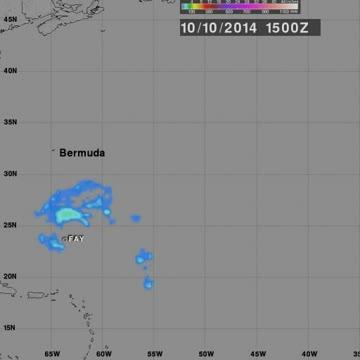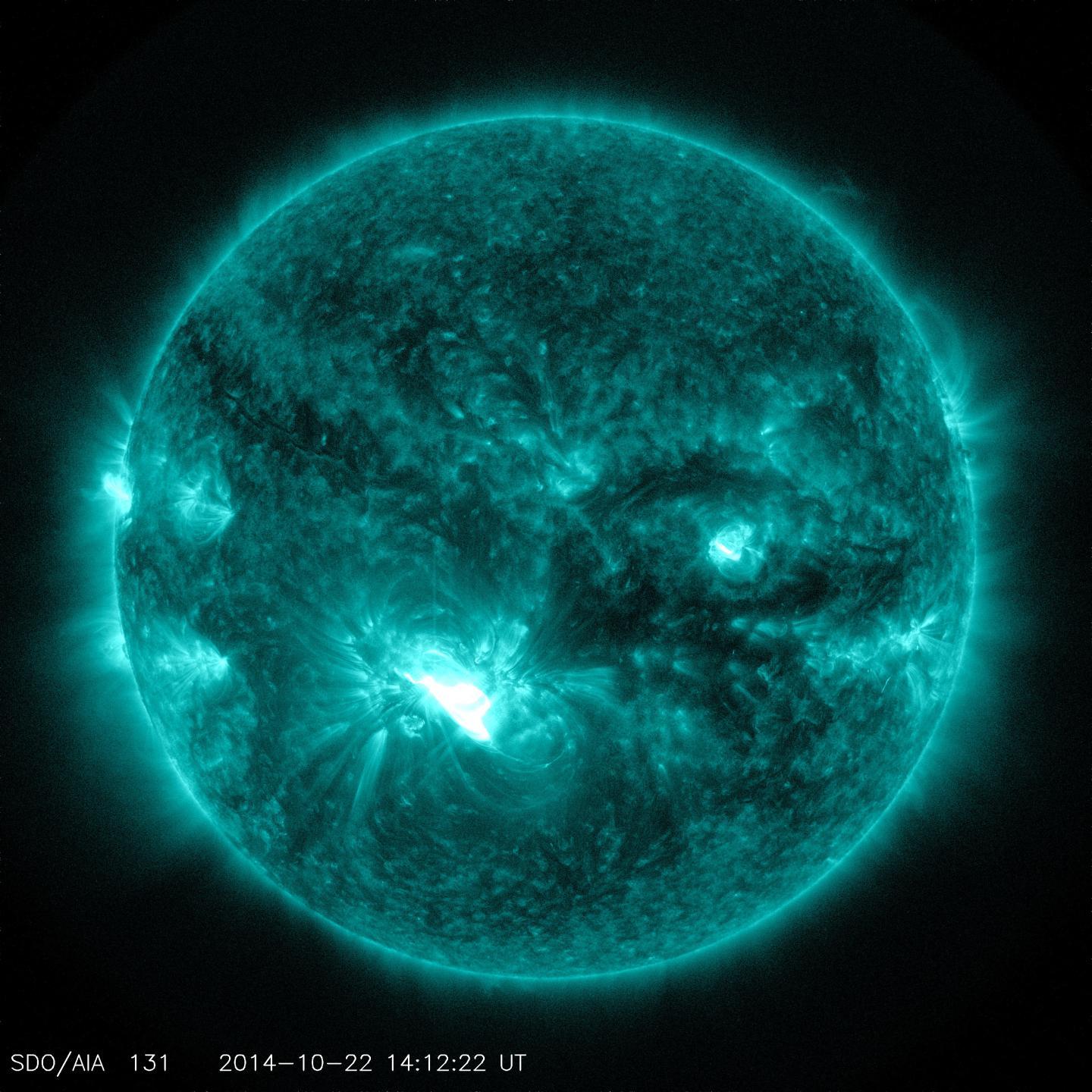Exposure to moderate amounts of sunshine may slow the development of obesity and diabetes, a study suggests.
Scientists who looked at the effect of sunlight on mice say further research will be needed to confirm whether it has the same effect on people.
The researchers showed that shining UV light at overfed mice slowed their weight gain. The mice displayed fewer of the warning signs linked to diabetes, such as abnormal glucose levels and resistance to insulin.

